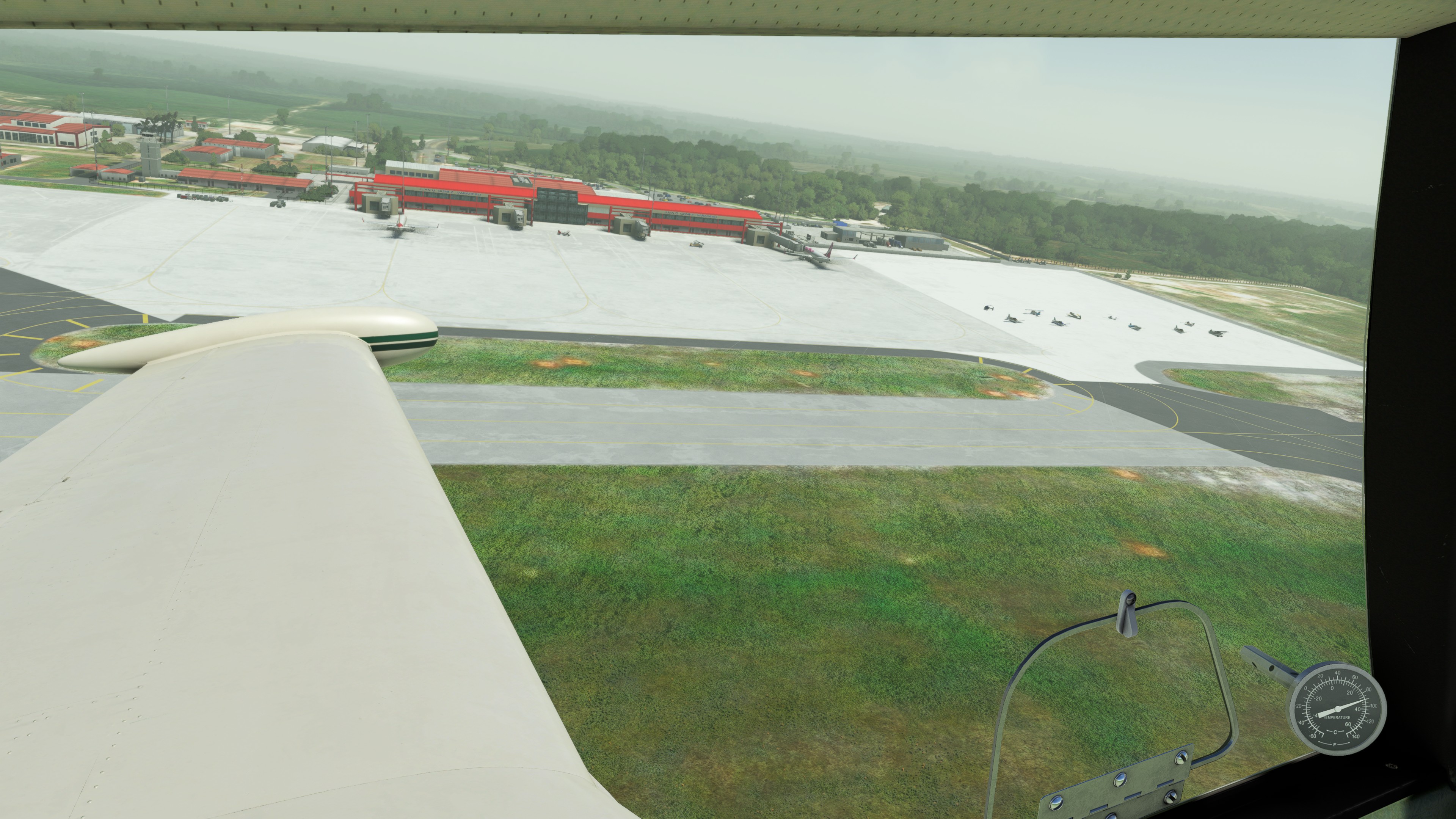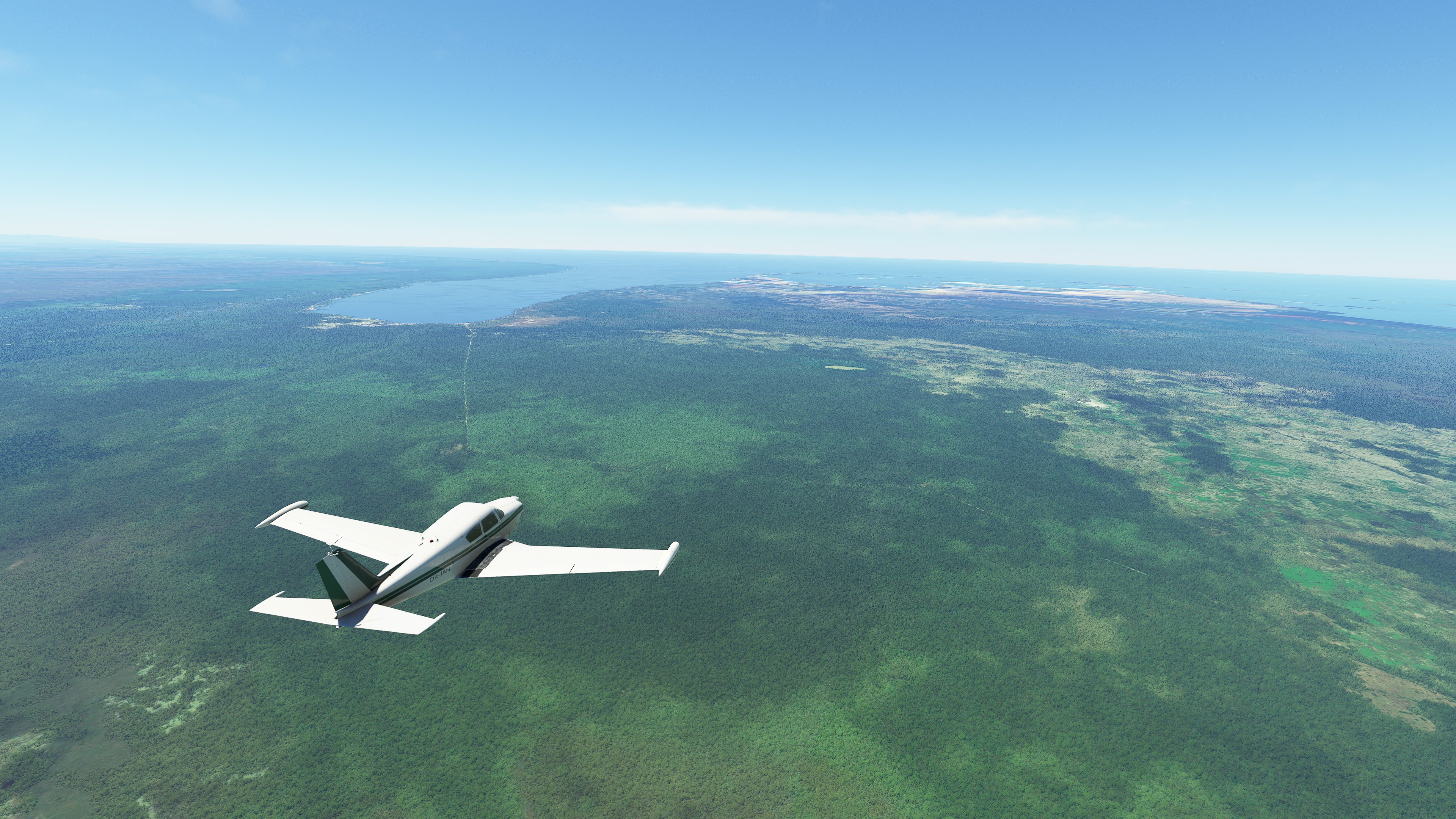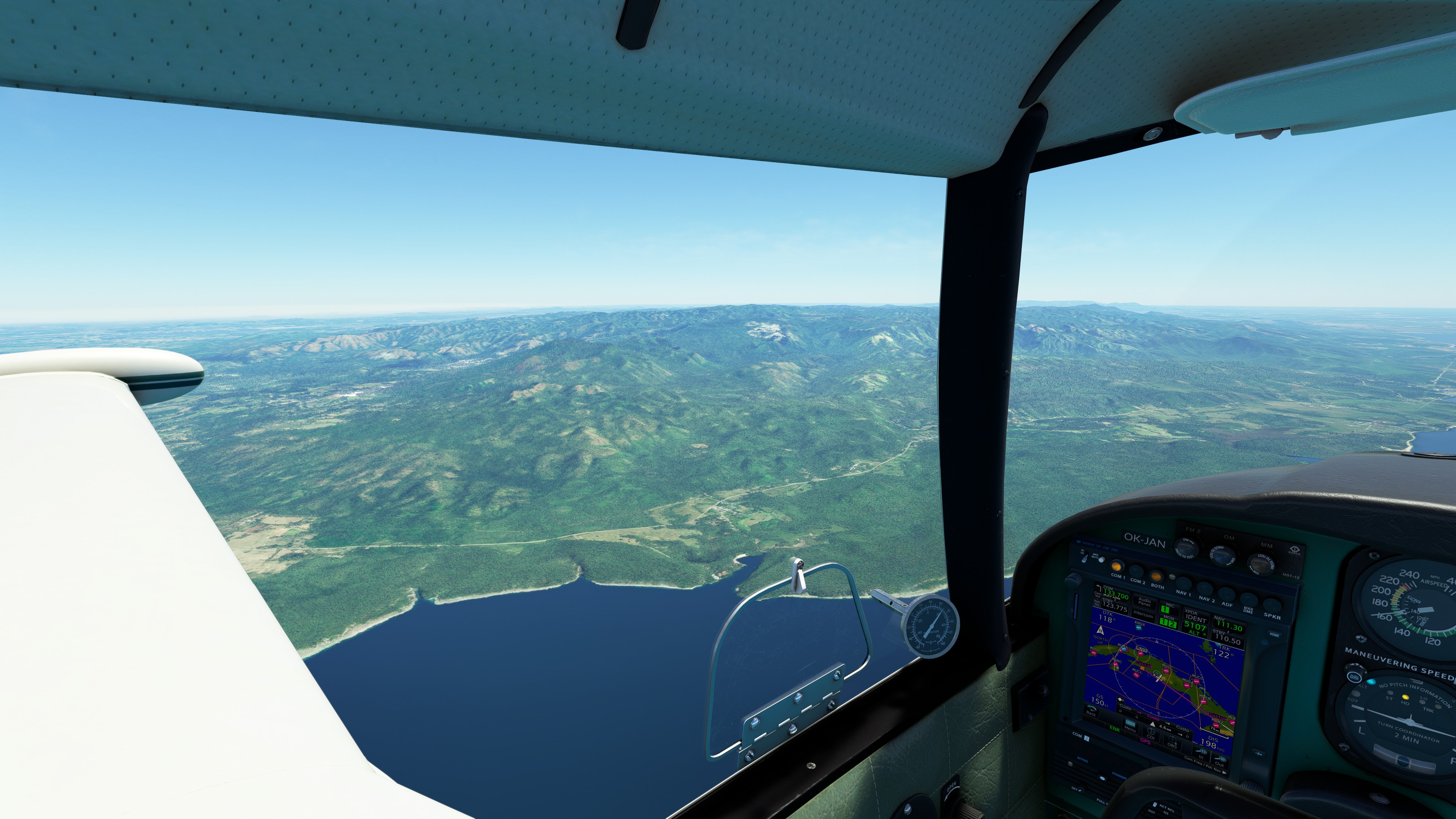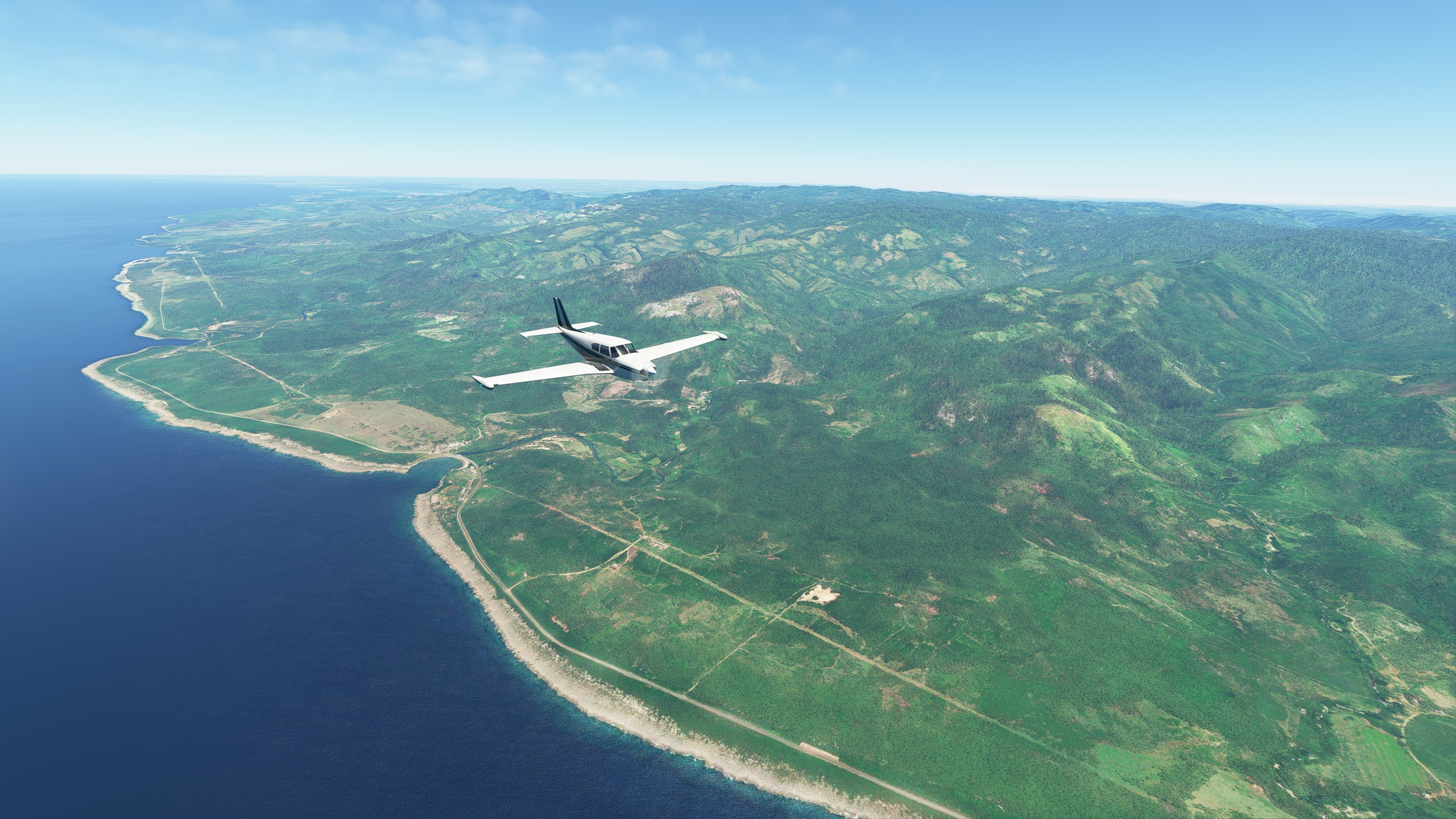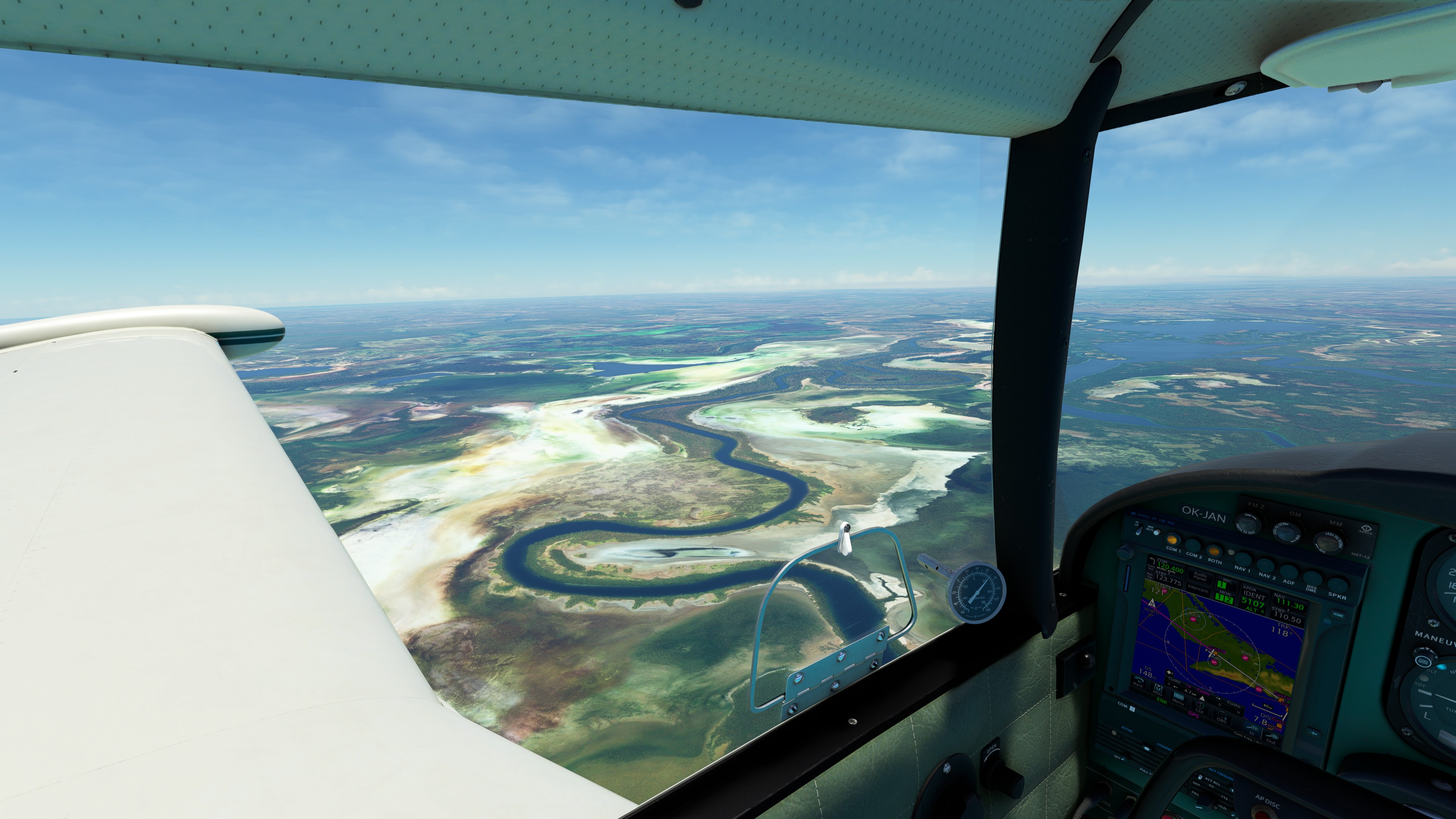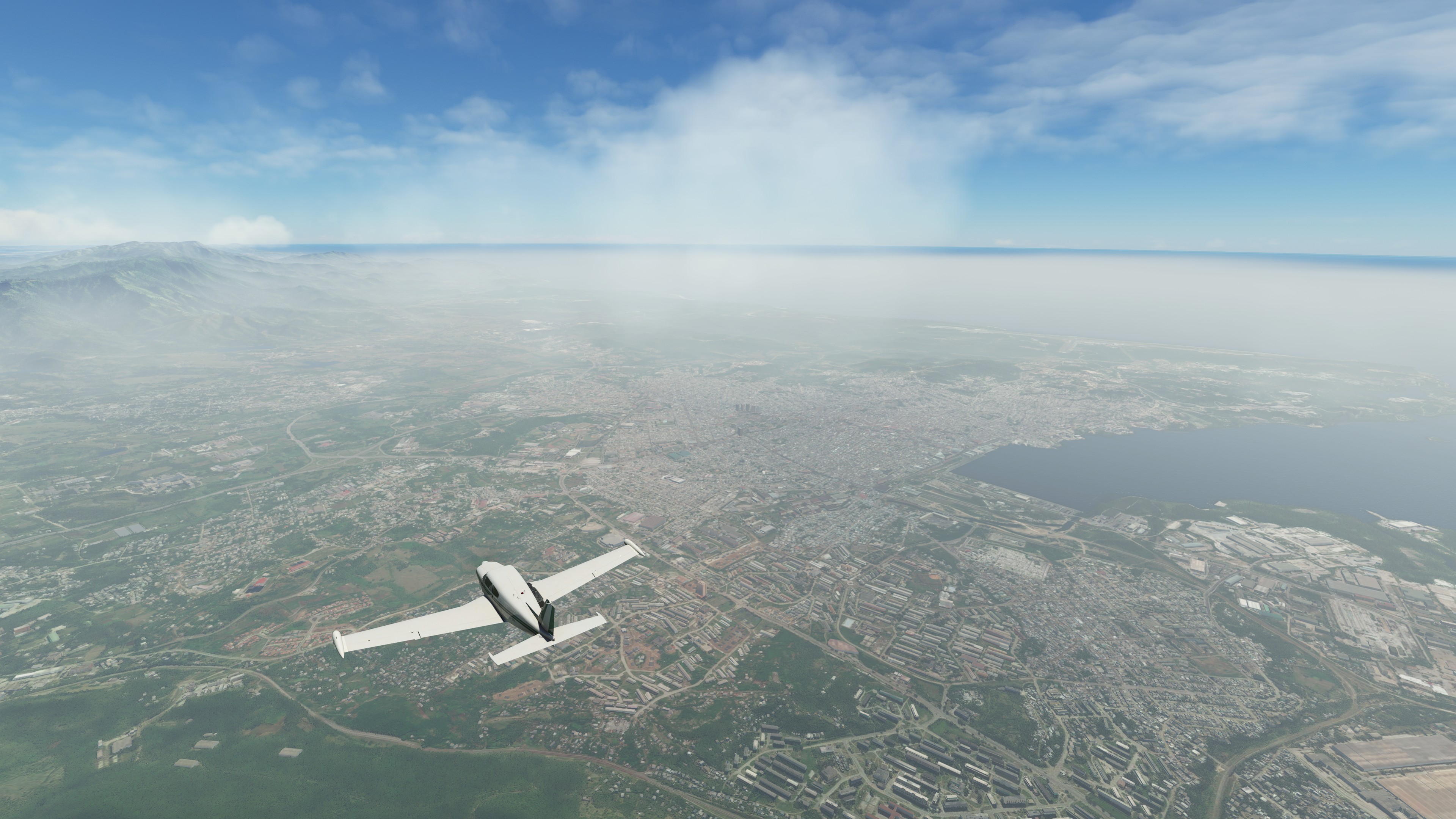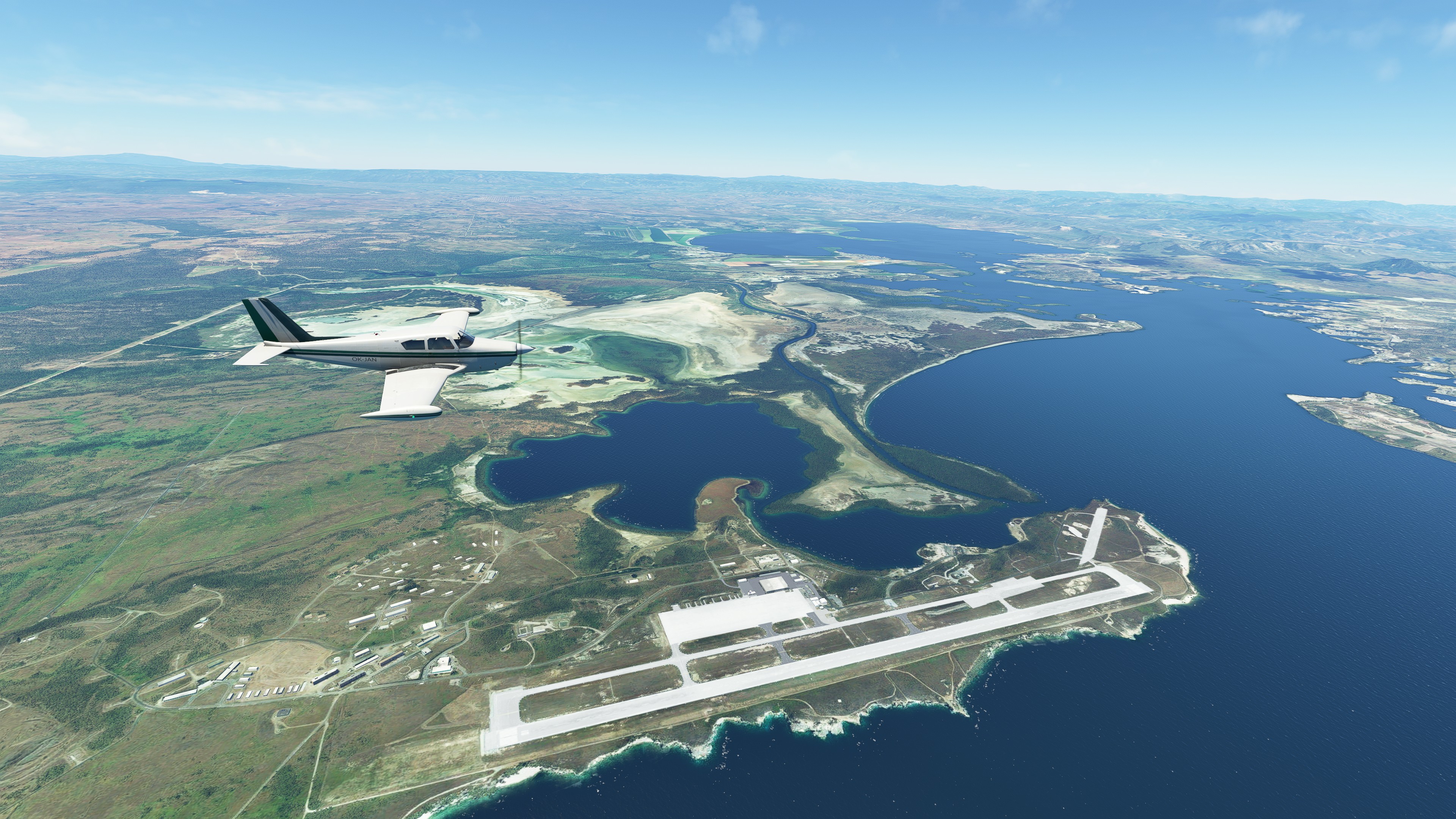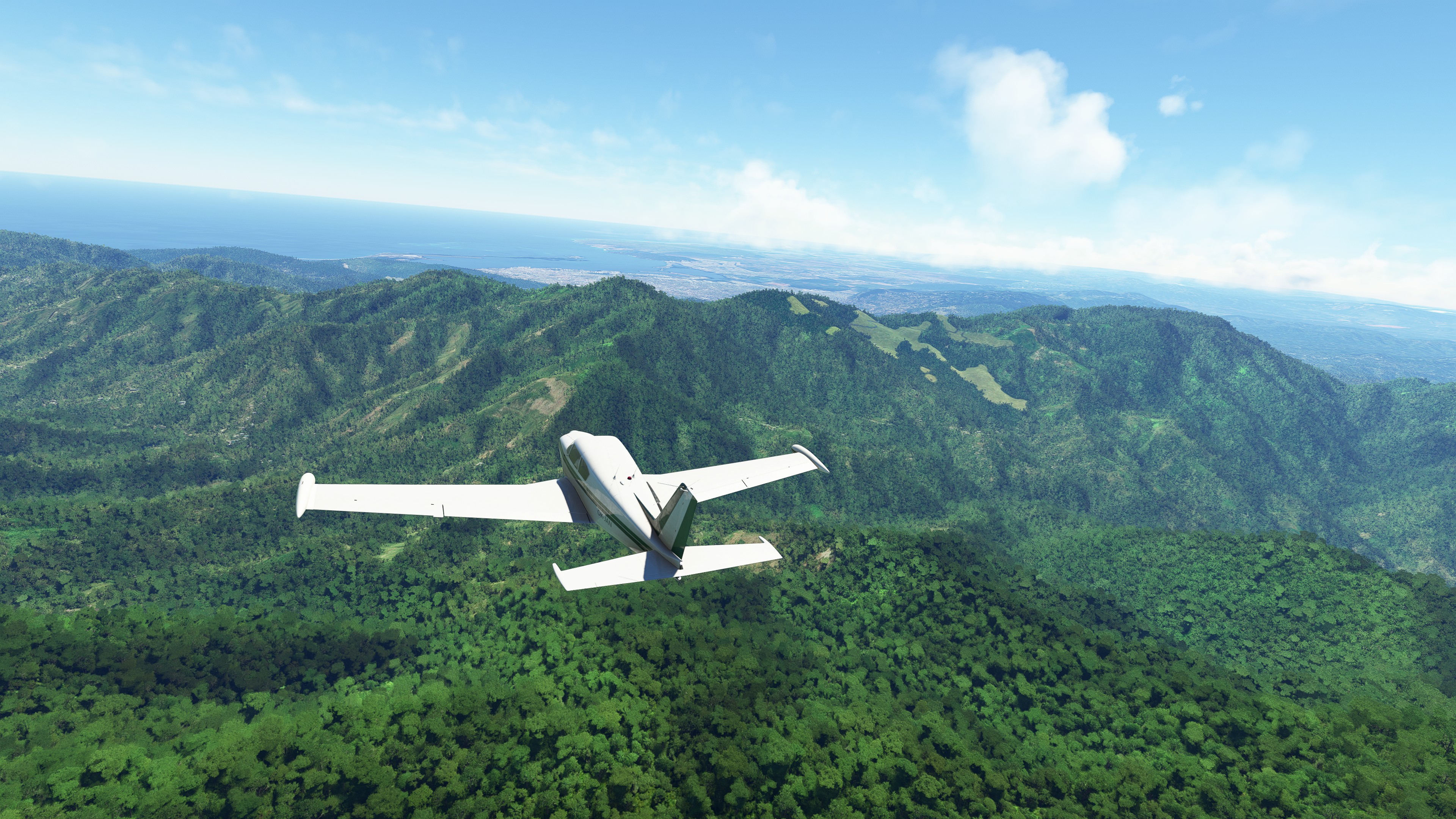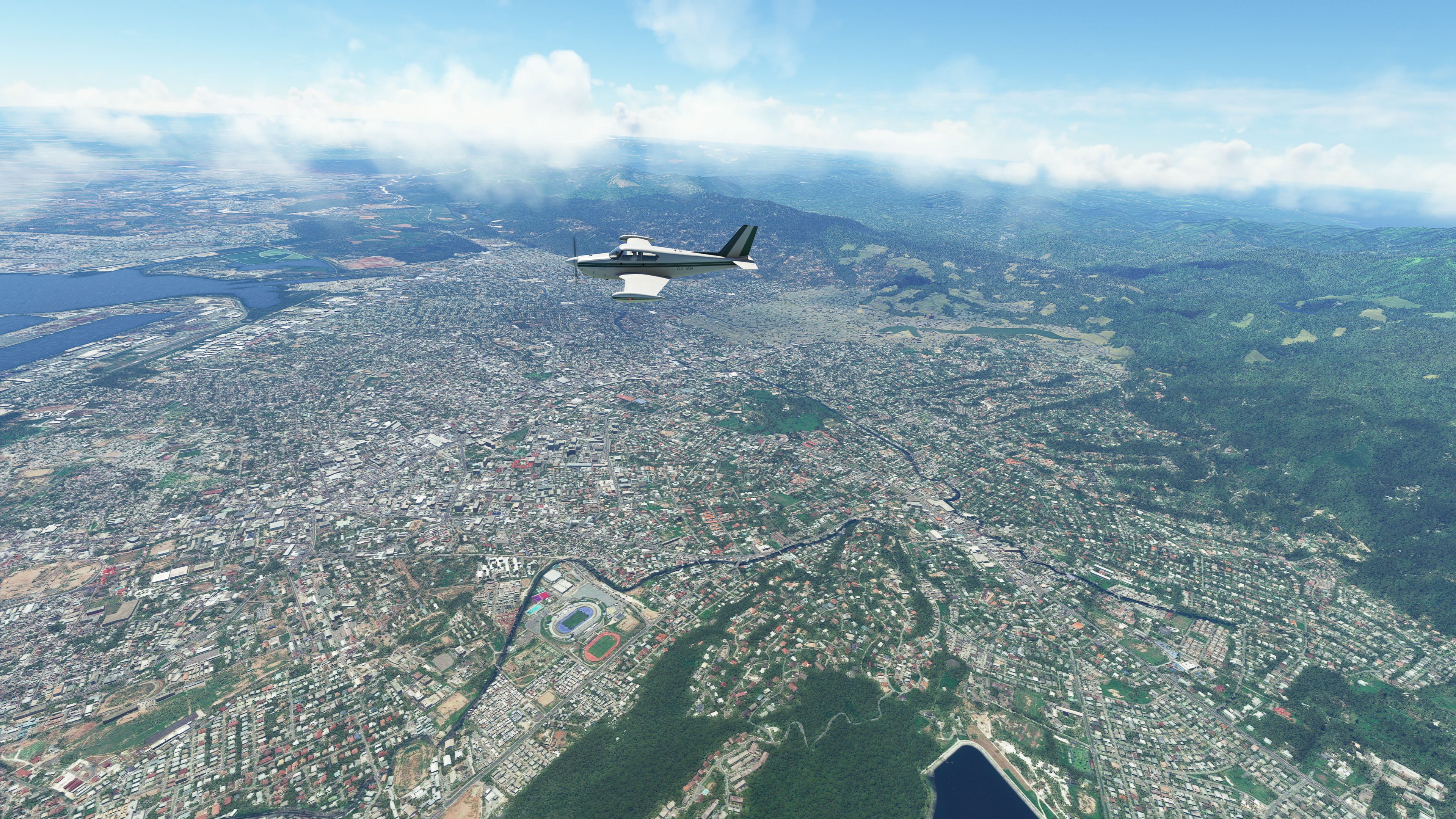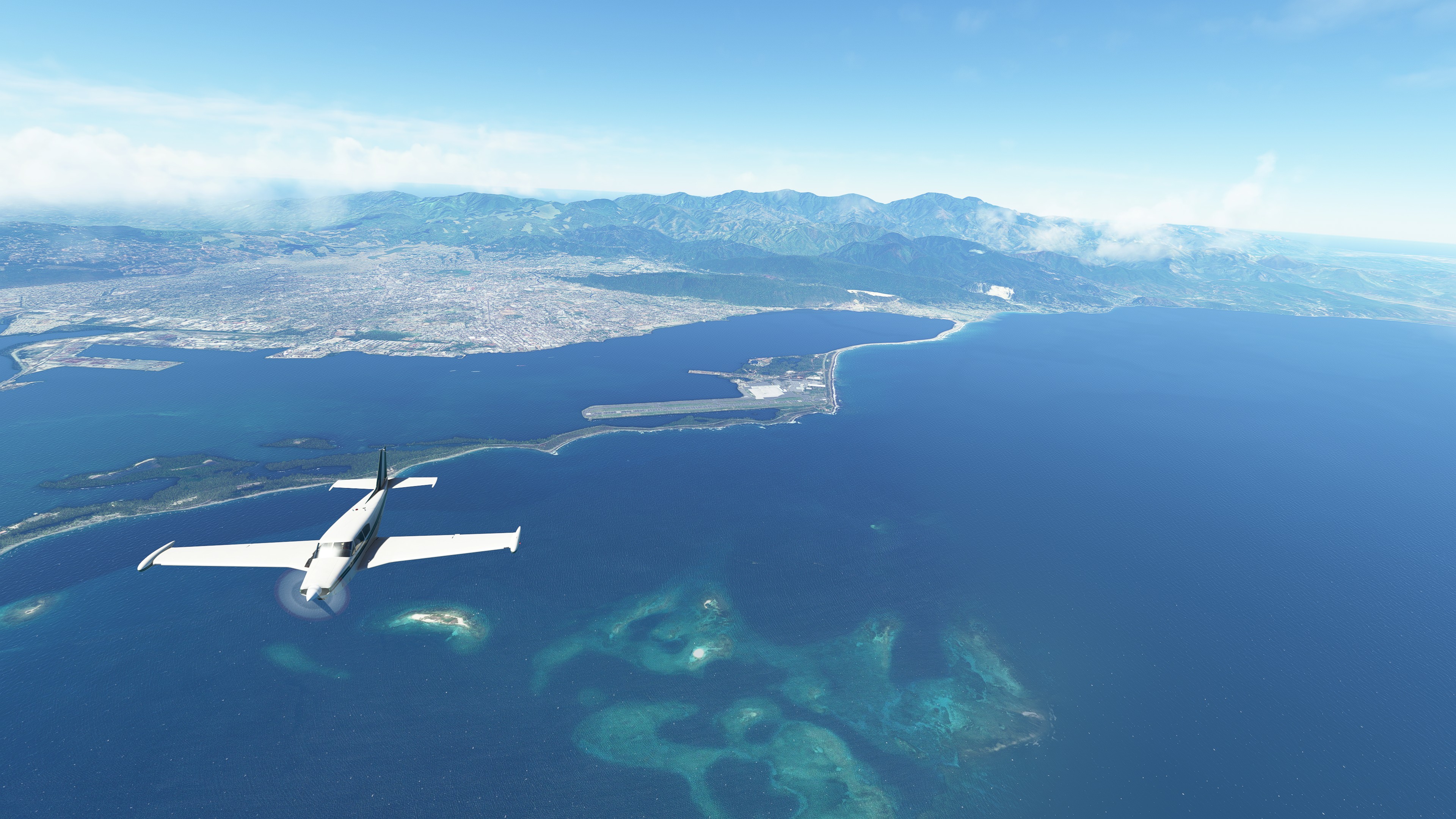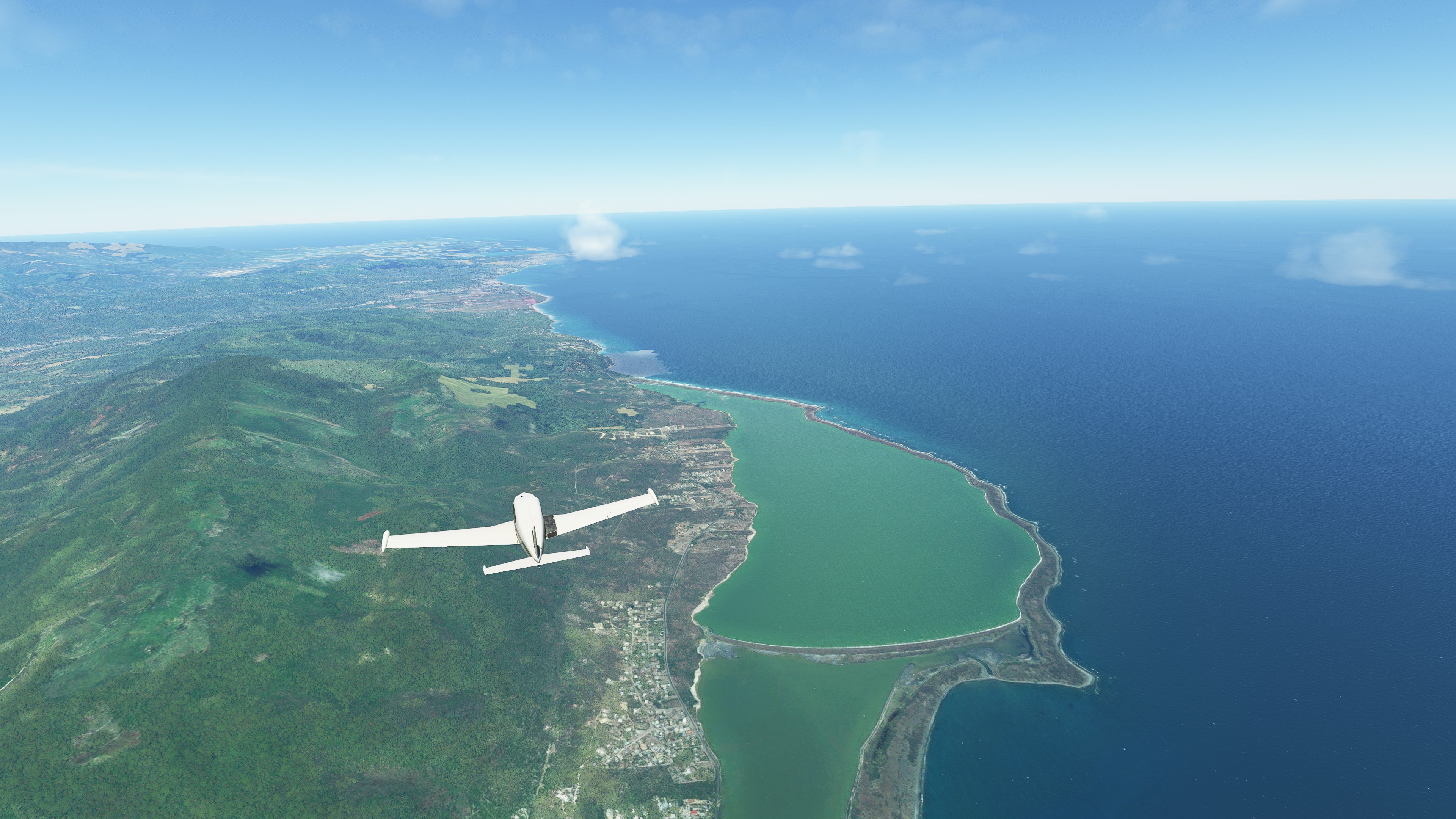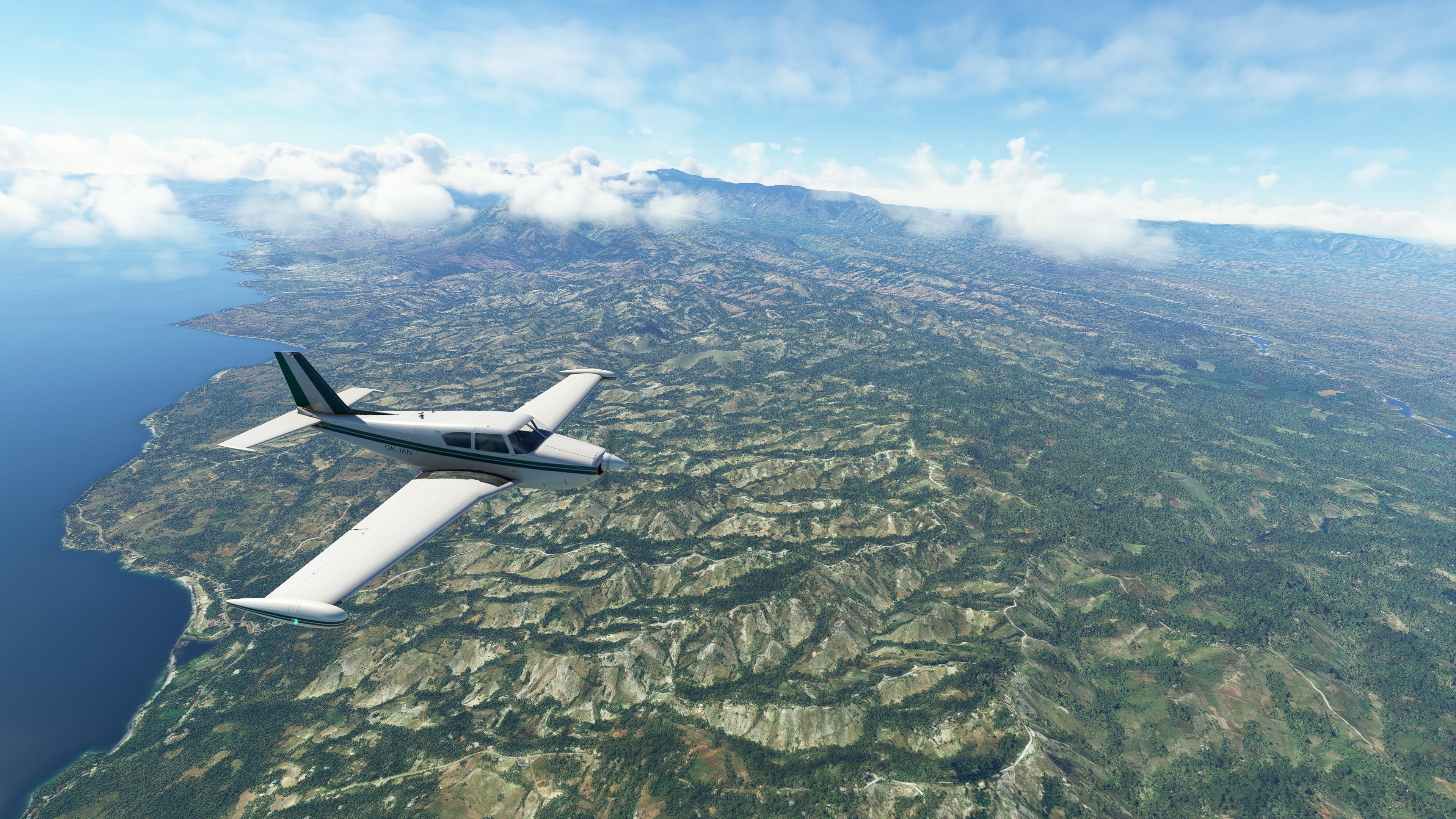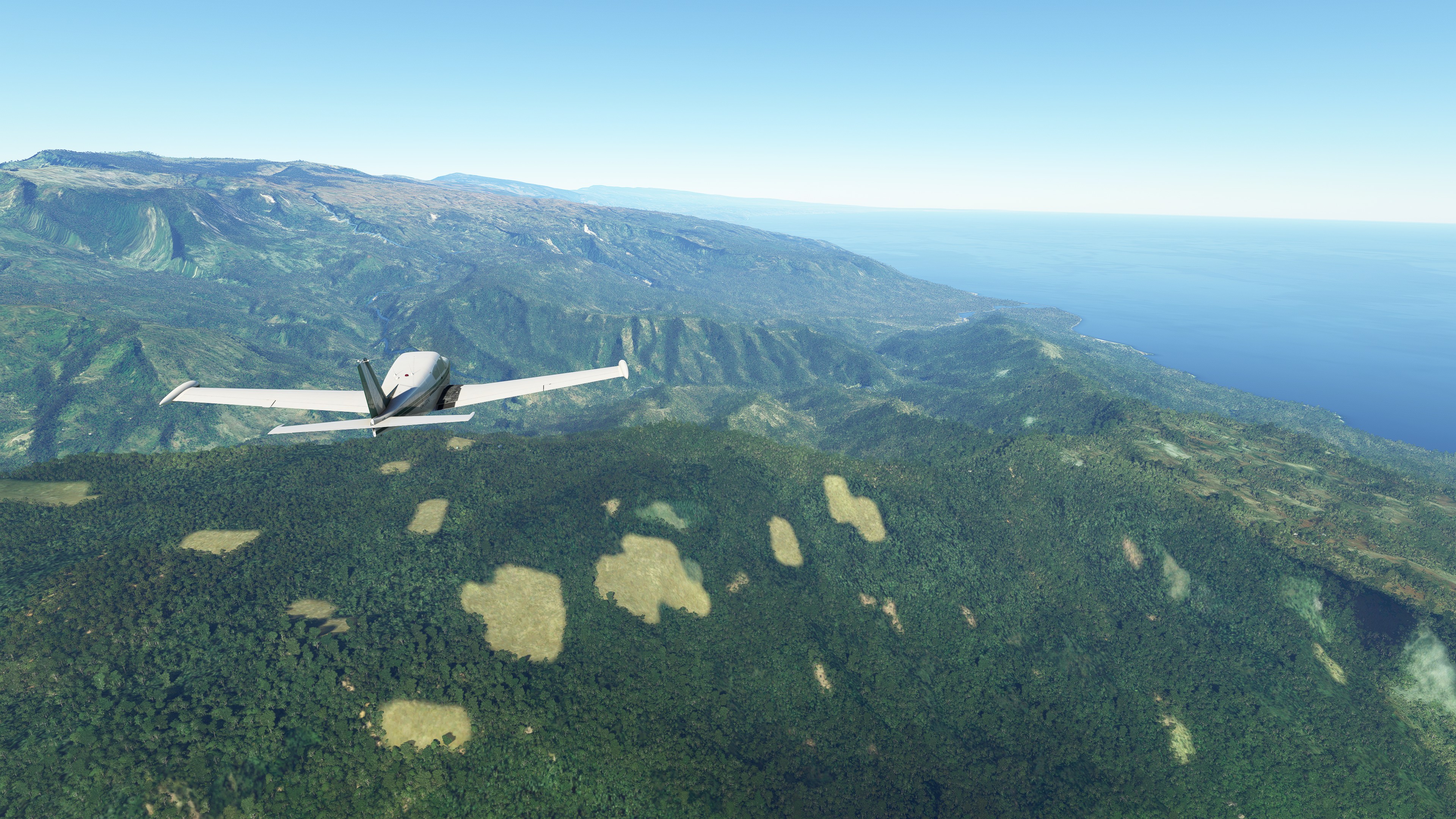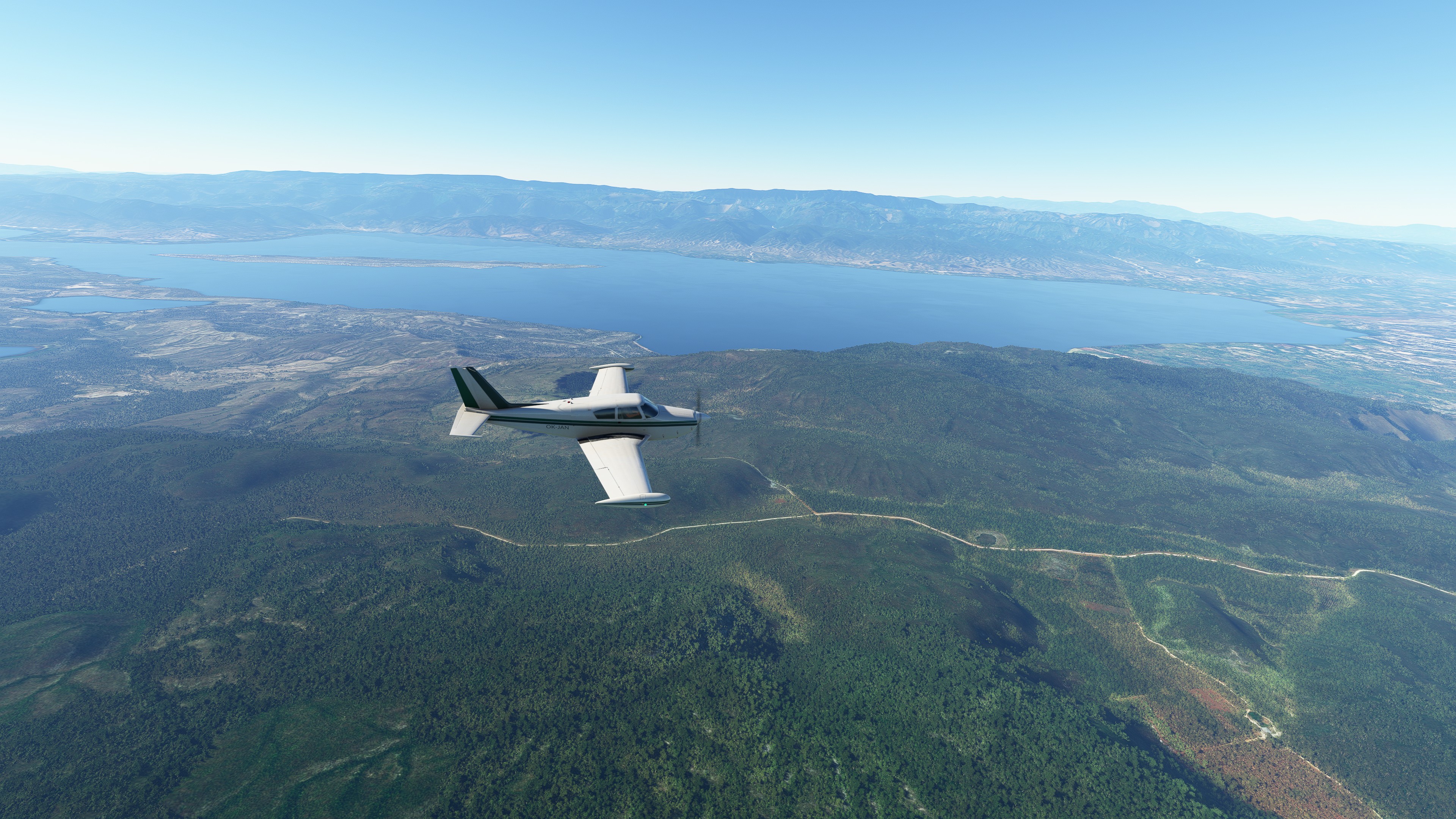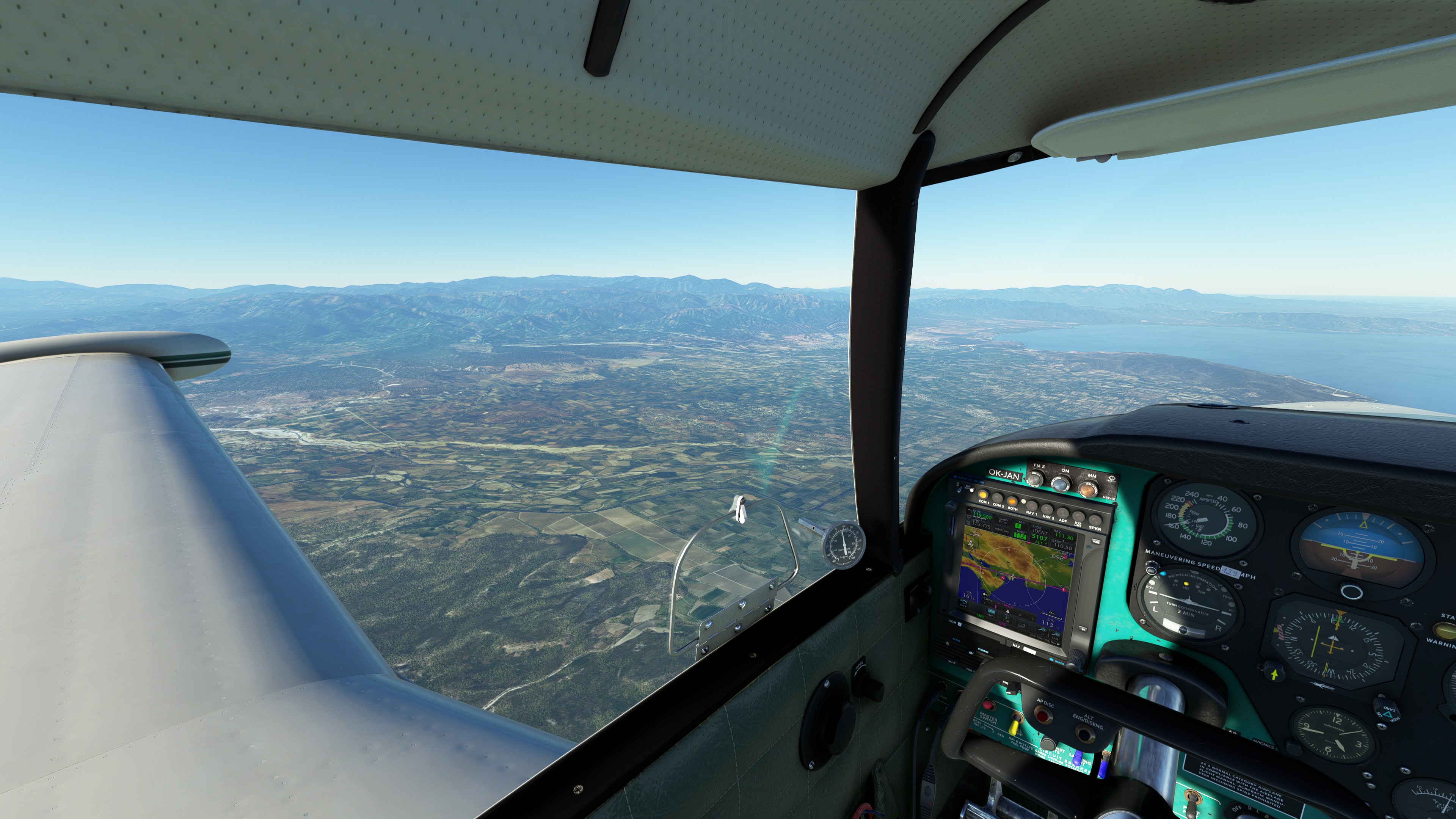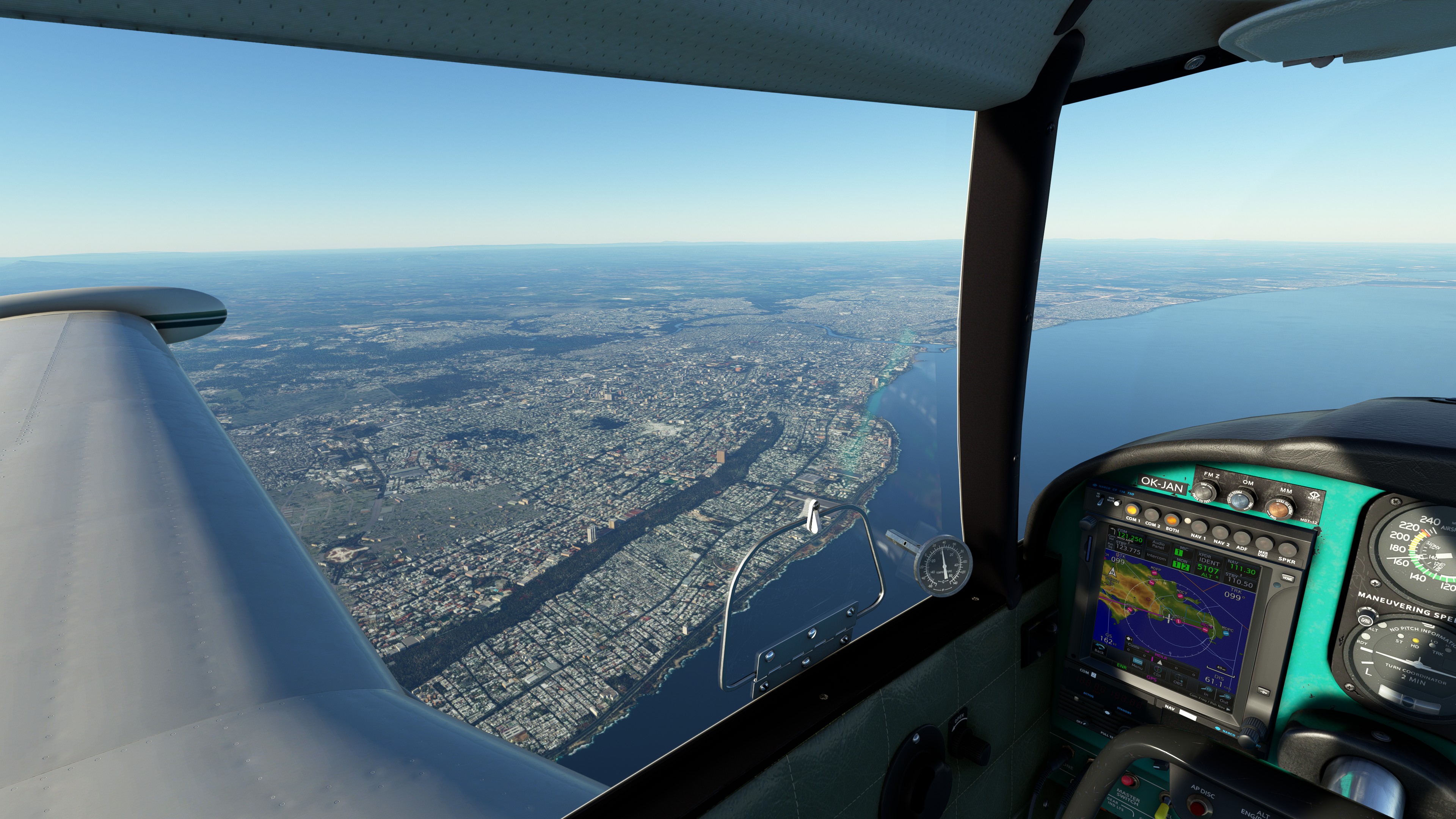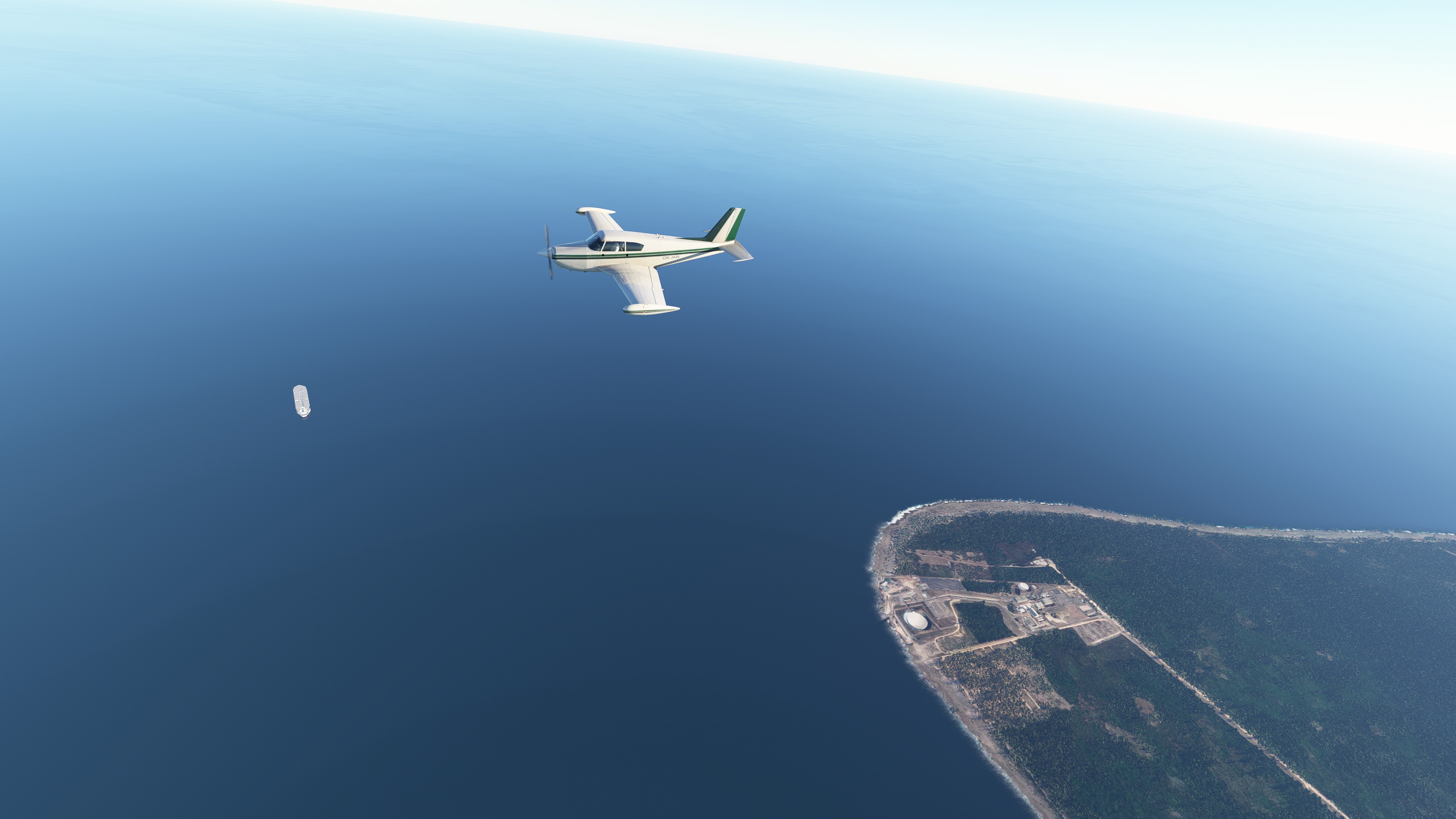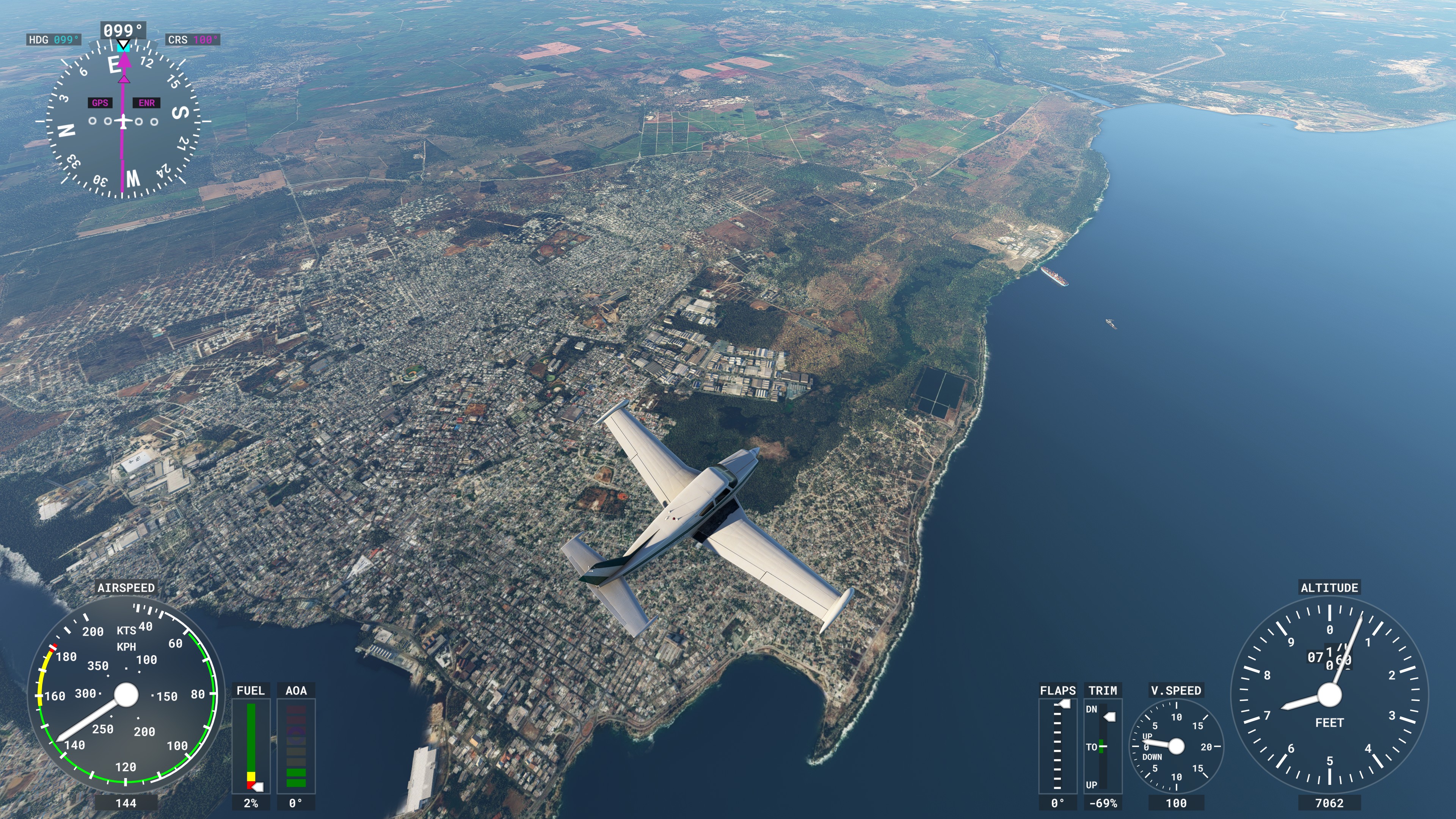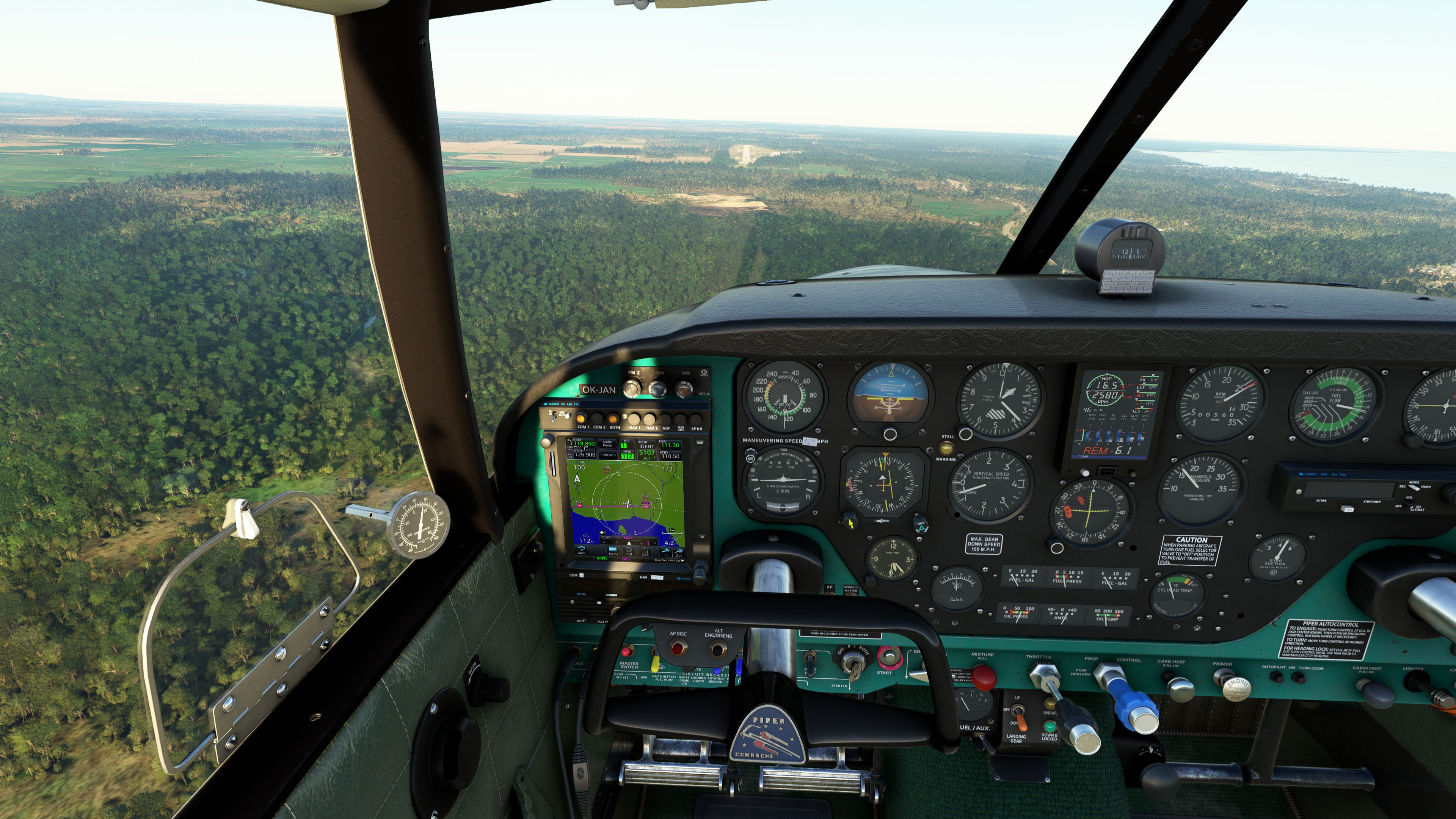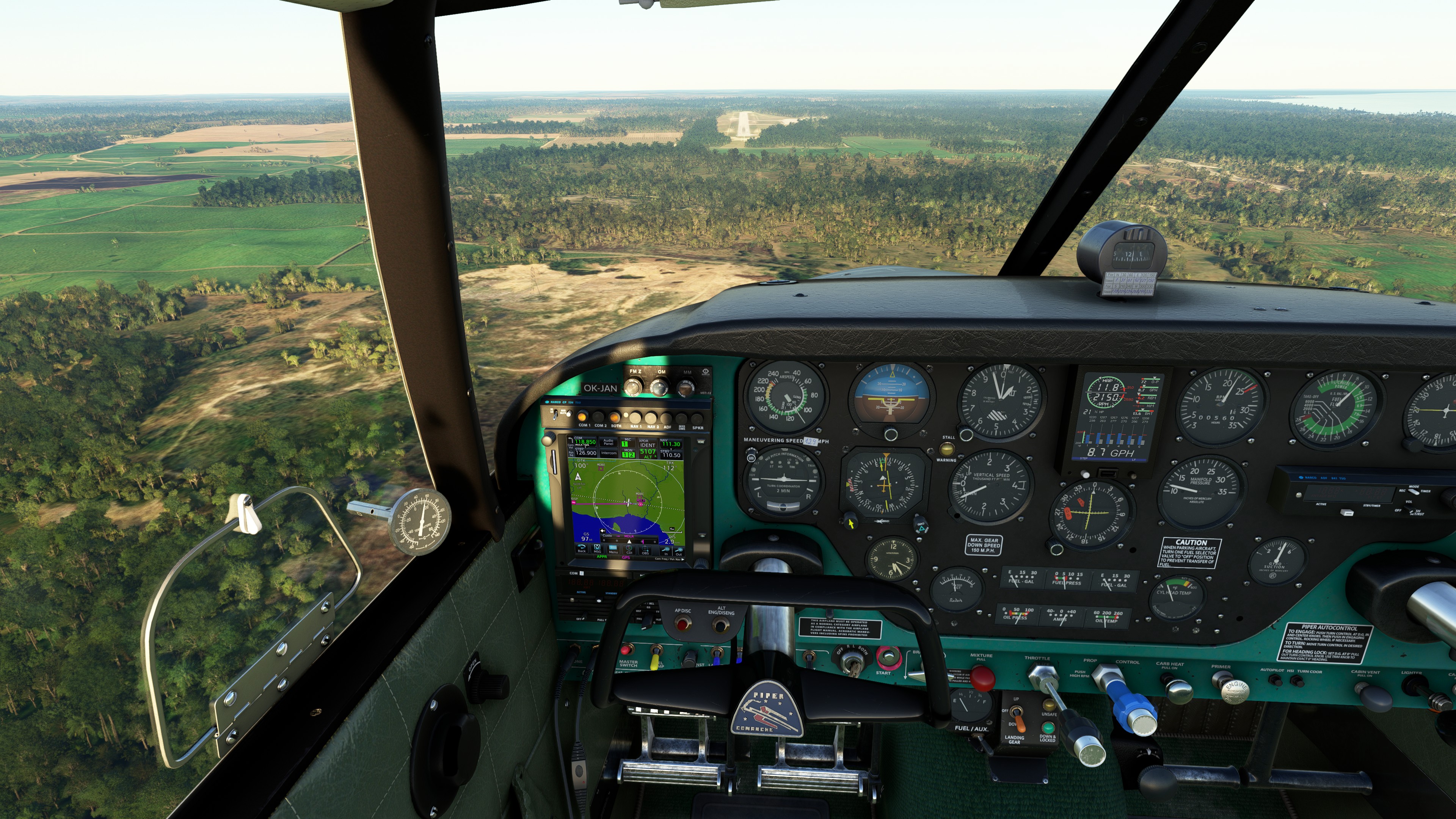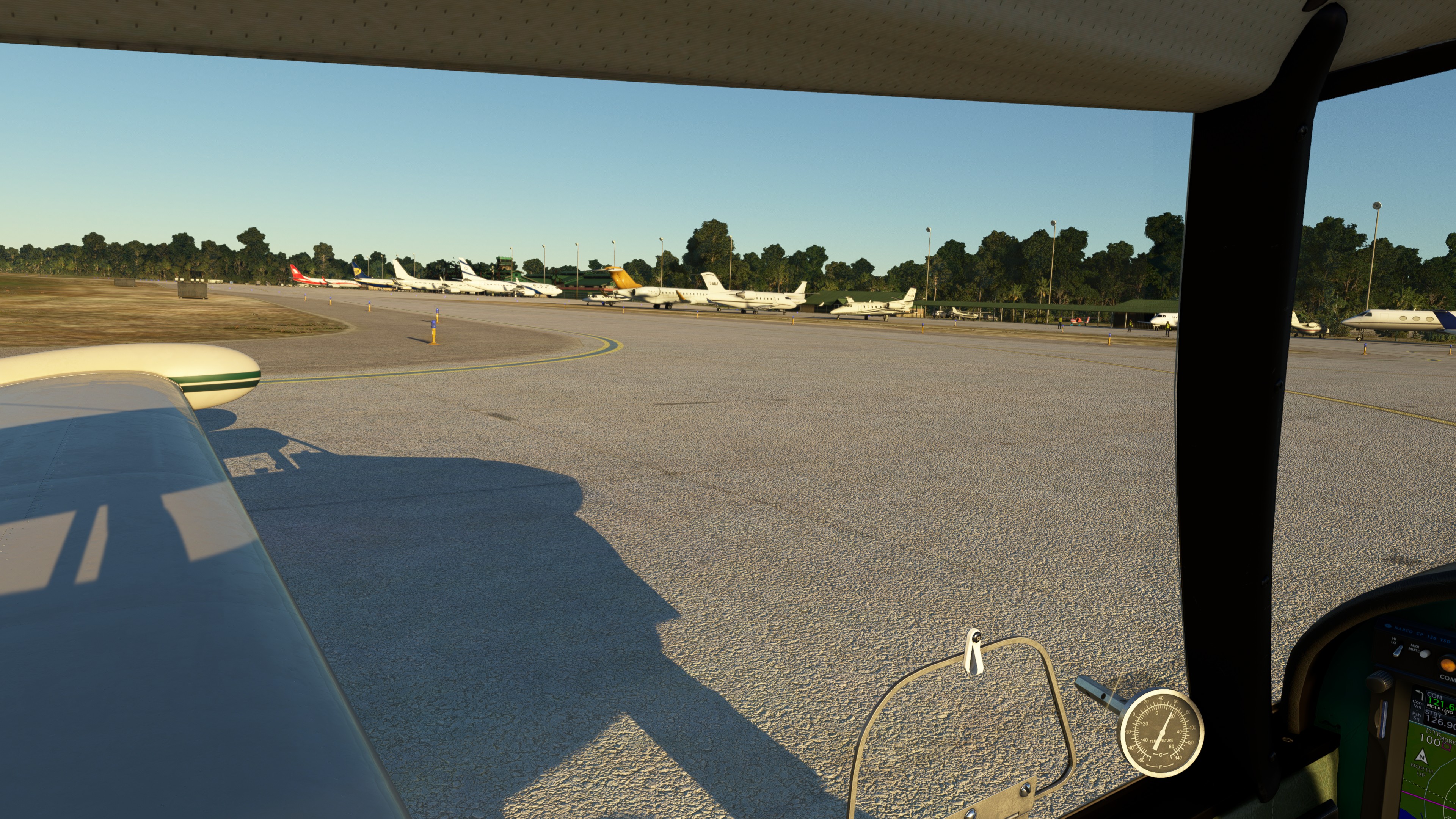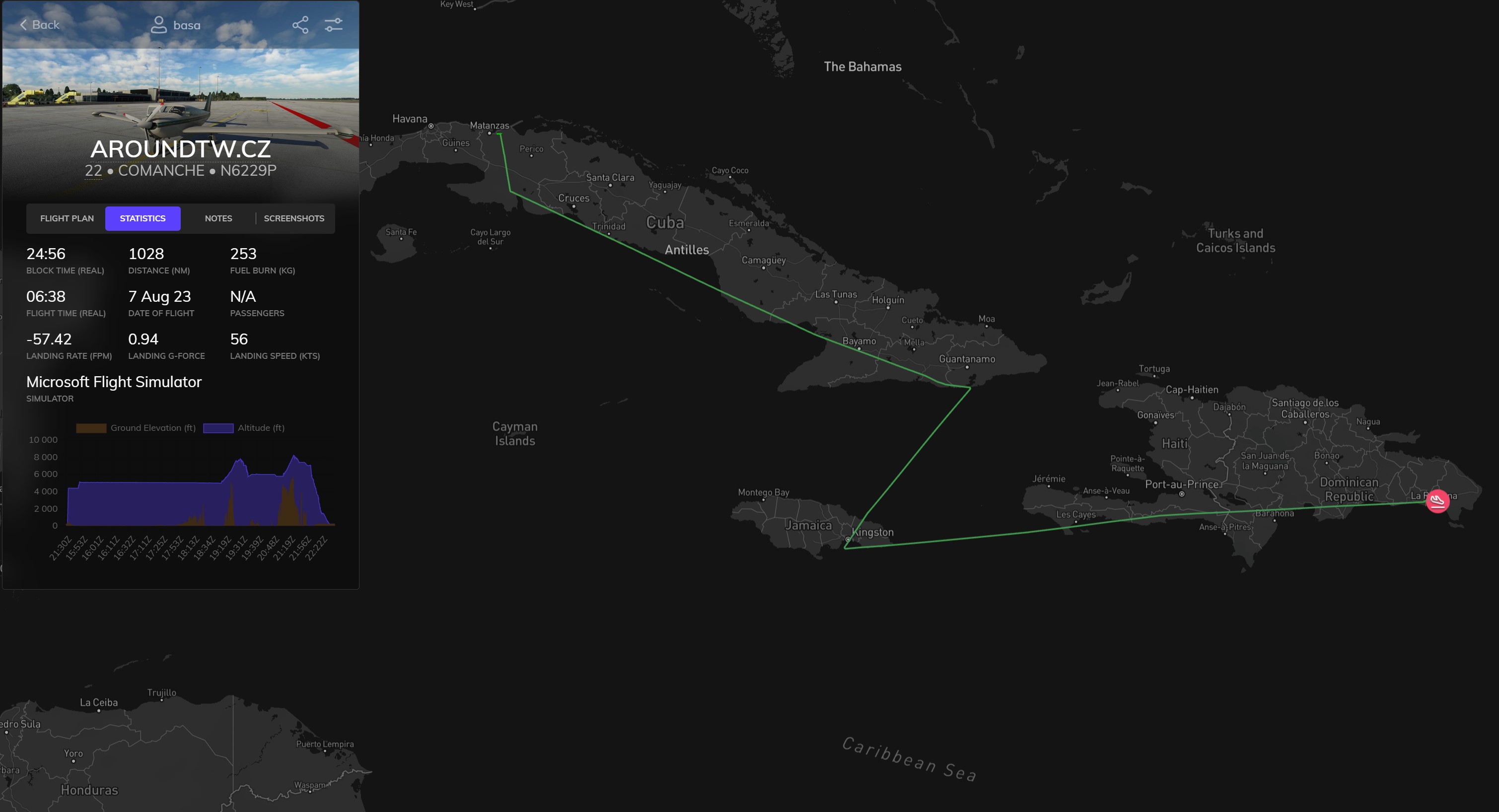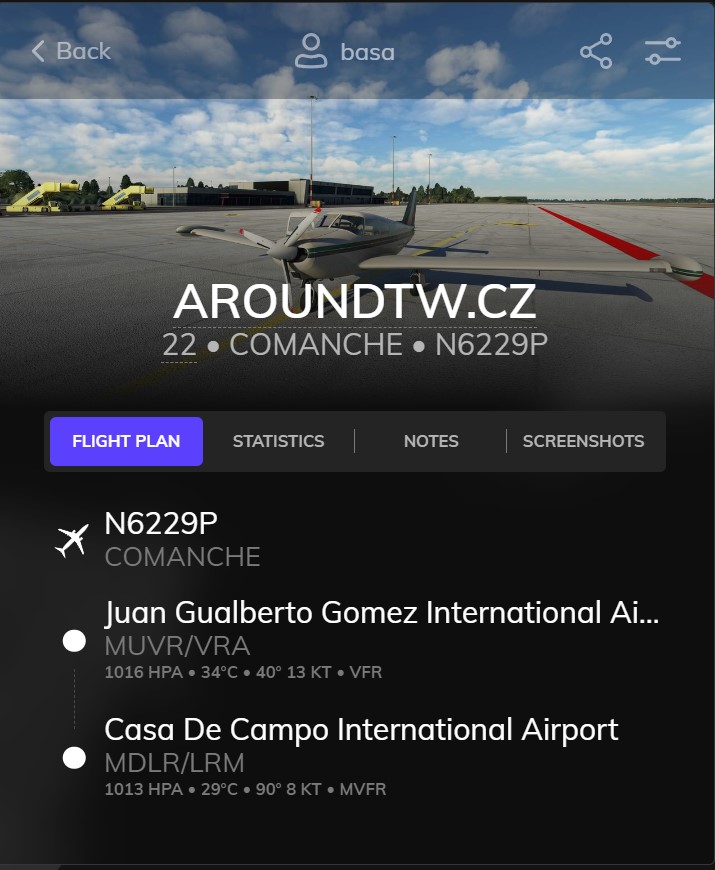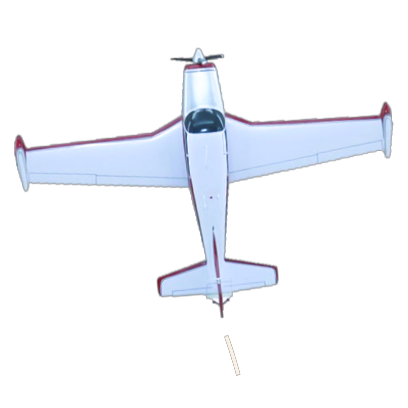Manzas – La Romana
The city of Matanzas, from which today’s flight will depart, is a port city founded in 1693, located about 100 km from Havana, the capital of the island of 11 million and the state of Cuba. It was formerly a centre of sugar cane and coffee cultivation, and many black slaves were transported to the local plantations. I take off from its nearby international airport and head south to the famous Bay of Pigs. It was here that the failed CIA-led operation by Cuban exiles to overthrow Fidel Castro took place in 1961. The Cuban armed forces, trained and equipped by Eastern Bloc countries (including Czechoslovak arms), defeated the invading fighters in three days. The consequence of this landing was the Caribbean Crisis, during which it threatened to escalate into a nuclear conflict between the US and the USSR.
I proceed along the southern coast of Cuba and past the Sierra Maestra mountain range with the highest mountain in Cuba, Pico Turquino (1 974 m) to the US naval base in Guantánamo Bay. This is an area of 120 square kilometres of land and water that was leased to the US in 1903 for a fee of 2,000 guilders ($4,085). It is thus the oldest US naval base abroad. Since the Cuban Revolution in 1959, the Cuban government has consistently protested the American presence. In 2002, a military prison for terrorists captured in Iraq, Afghanistan and elsewhere was set up on the base.
From there I head to the shores of Jamaica, where I have to cross the 2 km high Blue Mountains (the highest mountain Blue Mountain Peak – 2256 m). Jamaica is the largest English-speaking island in the Caribbean with 2.7 million inhabitants and, with a murder rate of almost 50 per 100,000 inhabitants per year, the most violent country in the Caribbean. It was discovered in 1494 by Christopher Columbus and was under Spanish rule until 1655, when it became an English colony. Subsequently, it was heavily involved in the importation of slaves, cane sugar production and rum production. In 1962 the country declared independence within the Commonwealth. Henry Morgan, an English pirate, had previously operated from the island, and for plundering the Spanish colonies he was elevated to the peerage and appointed governor of Jamaica. His name was then immortalised in the name of Captain Morgan rum, which began production in Jamaica in 1944, but production of the final product has now been moved to Puerto Rico.
Another sea crossing follows. Haiti, a state in the western part of the island of Hispaniola with a population of 11.5 million, is the first independent state in Latin America and the first post-colonial black-led state and the only state to gain independence after a slave revolt against French rule. It is also the poorest country on the American continent. More than 30-40% of the country’s budget comes from foreign aid from the US, Canada and the EU. Haitian Creole and French are the official languages. I am flying over the southern side of this mountainous country (the highest mountain is Chaine de la Selle at 2 680 m).
I continue by crossing the border to the eastern part of the island, where the Spanish-speaking Dominican Republic with less than 11 million inhabitants is located. Christopher Columbus landed there in 1492, beginning Spanish colonisation.In 1697 the Spanish recognised French rule over the western third of the island.In 1821, the Dominicans gained independence, but this was quickly followed by a forced annexation to Haiti, from which they were freed in 1844.The Dominican Republic has the largest economy in the Caribbean and Central American region and has had the fastest growing economy in the entire Western Hemisphere for the past 25 years. This is boosted by tourism, as it is the most visited destination in the Caribbean. As well as the beautiful beaches, the colonial history attracts people here, with the first cathedral, castle, monastery and fortress built on the American continent. I avoid flying over the Cordillera Central with the highest mountain of both the Dominican Republic and all the Caribbean islands – Pico Duarte (3098 m), as the extra climb would cost extra fuel, which I don’t have enough of at this stage of the flight.
After an exhausting flight I land at La Romana airport with almost empty fuel tanks. And this at the very best time, because there are only 3 litres of fuel left in the tanks!I will probably not be able to make a longer route than this, except in more favourable wind conditions or by flying at a more economical speed (since I don’t have to pay for fuel I don’t worry about this).
- Distance: 1903.9 km
- Total distance: 16 124.6 km
- Flight time: 6 hours 38 minutes
- Total flight time: 56 hours 55 minutes
